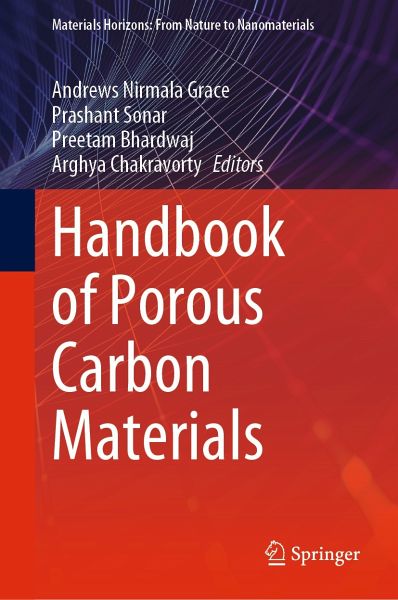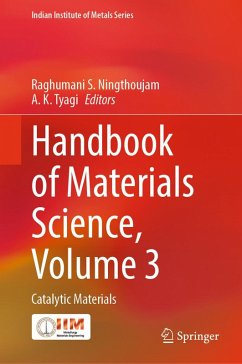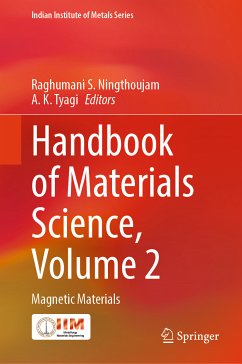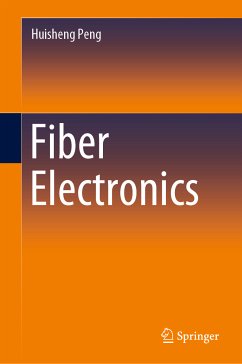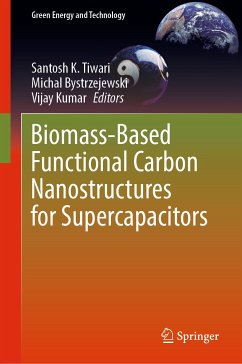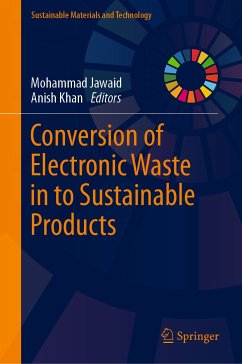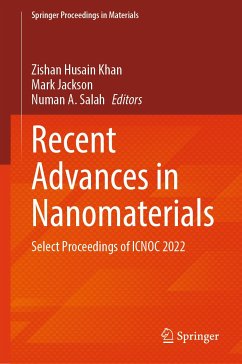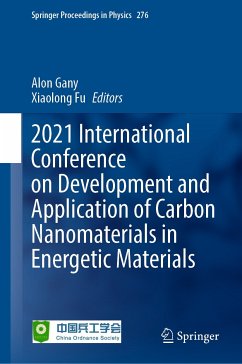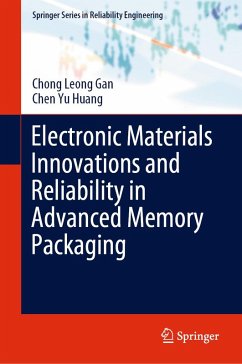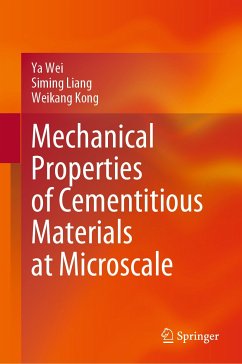Andrews Nirmala Grace is Professor and Director at the Centre for Nanotechnology Research, Vellore Institute of Technology (VIT), Vellore, India. She received her Ph.D degree in Chemistry from the University of Madras, India and worked as a Postdoctoral/Senior Researcher Fellow at the Korea Institute of Energy Research, South Korea on renewable energy. Her current research interests include energy materials, design and fabrication of electrodes for dye sensitized, perovskite solar cells, electrodes for supercapacitors - morphological studies of supercapacitor electrodes and study of electrochemical redox reactions at the interface of electrodes and electrolytes, engineering of inter-layer spaces in 2D materials to improve the ion accessibility, tuning the structure and porosity of electrode materials, flexible energy devices for conversion and storage - flexible and printable supercapacitors for wearable devices such as sensors and energy conversion. She has more than 130 international peer reviewed publications and has authored three book chapters. Dr. Prashant Sonar is ARC Future Fellow and Associate Professor in the School of Chemistry and Physics and leading CI at the Centre for Material Science at the Queensland University of Technology, (QUT), Australia. He was also appointed as a Visiting Professor at the School of Material Science and Engineering, Indian Institute of Technology (IIT) Kanpur in 2017. He holds an adjunct Associate Professor position with Griffith University, Australia. He was awarded his Ph.D. in 2004 from Johannes-Gutenberg University in Mainz. Dr. Sonar moved to the Swiss Federal Institute of Technology (ETH), Zurich, Switzerland for his postdoctoral research. He received the prestigious Future Fellowship (2013) from the Australian Research Council and was appointed as Associate Professor in July 2014 at QUT, Australia. At QUT, he established the Organic and Printed Electronic Research group. Recently, hehas been elected as Fellow of the Royal Chemical Society (FRSC) and Foreign Fellow of Maharashtra Academy of Sciences (FFMAS). Dr. Sonar is interested in the design and synthesis of novel ¿-functional materials (small molecules, oligomers, dendrimers, and polymers) for printed electronics, (OFETs, OLEDs, OPVs, OLETs, OPDs, and Sensors), perovskite solar cells, bioelectronics, supramoleculecular electronic and wearable electronic applications. He has authored or co-authored more than 221 peer-reviewed research papers in international journals (H-index-50 according to Google Scholar with total citations 9265) and filed 9 patents and patent applications at regional and international levels. Dr. Preetam Bhardwaj is presently working as research faculty in the Centre for Nanotechnology Research and School of Electronics Engineering, Vellore Institute of Technology (VIT), India. He has research specialization in the fields of nanotechnology, energy storage devices, EMI shielding, antistatic technology, biosensors, anticorrosion coatings, anticancer materials, and radar absorbing materials for stealth technology. He received his Ph.D. degree in nanotechnology from D.C.R university of Science and Technology, India. Presently, he is working in the areas of energy storage devices, supercapacitor electrode materials, radar absorbing materials for stealth technology, biosensors, and anticancer materials with Prof. A.N. Grace, VIT University. He has published more than 25 research papers in peer-reviewed journals. He has also filed and published 3 patents in the field of energy storage devices and EMI shielding applications. He also has senior research membership of American Chemical Society, Royal Society of Chemistry, International Society of Advanced Materials, Indian Carbon Society, IEEE, and Indian Association of Chemical Engineers. Arghya Chakravorty is an early career researcher & member of the American Chemical Society, Solid Waste Association of North America, British Society for Antimicrobial Chemotherapy, as well as a doctoral fellow at the Centre for Nanotechnology Research, Vellore Institute of Technology - Vellore, India. He holds five Indian patents, and his research interest lie in interdisciplinary material science & nanobiotechnology. He earned his B.Sc. Honors (Microbiology) from Midnapore College, India and a first-class M.Sc. (Microbiology) from Hemvati Nandan Bahuguna Garhwal (Central) University, India. He has reviewed several papers for journals of national and international repute and has been awarded several recognitions.
